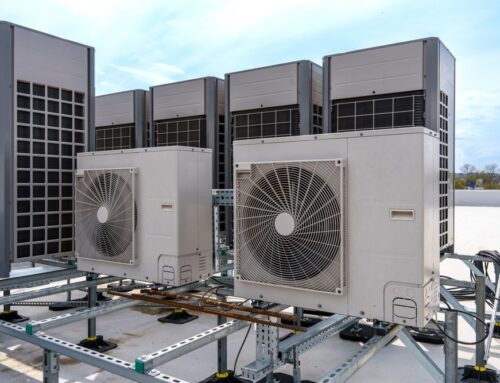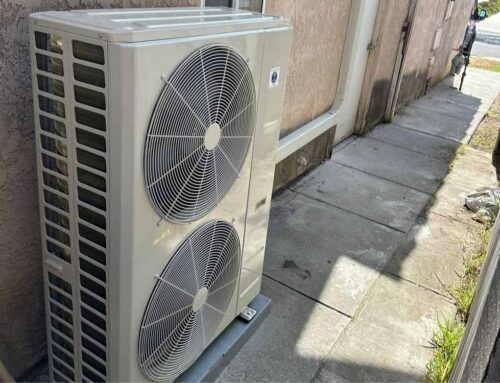People may not realize it, but indoor air contaminants are common within American households these days. Over 4 million people die annually due to indoor air pollution. This is appalling compared to the 600,000 that are killed by outdoor air pollution. Fortunately, there are ways it can be prevented. In this blog, we’ll go over indoor air contaminants and how they hurt you.
Why Has Household Air Quality Gotten So Bad?
The most common indoor air pollutants in households include dust particles, bacteria, viruses, combustion products, moisture excess, radon, pesticides, and volatile organic compounds. Opposed to popular beliefs, many of these contaminants originate indoors. With more people staying at home more than ever due to the pandemic, the risk of people being affected by these indoor air contaminants has immediately gone up. As pollutants get trapped in homes, they make the air damp, stuffy, malodorous, stale, and unpleasant to breathe — but what’s worse is that they even affect our health.
Common Indoor Air Contaminants
- Dust – Dust consists of an accumulation of carpet fiber, dead skin cells, and dirt. This builds up when homeowners don’t regularly change their HVAC filters, leading to poor ventilation. People living in dusty homes are more prone to allergies and dust mites.
- Moisture – When moisture accumulates in a home, it becomes more likely to face moisture-related health hazards such as mold, dust mites, and mildew — all of which contribute to allergies and shortness of breath
- Combustion Products – Many may not realize, but every home uses combustion products routinely. These consist of common gas-powered appliances such as your furnace, water heater, dryer, and so on. If not properly ventilated, these products allow toxic combustion products, like CO2, to enter your home.
- Radon – Beneath the surfaces of homes, there could be radioactive radon gas percolating up through the soil and through the foundation slab without people knowing it. Improper ventilation can accumulate this gas in your home, thus affecting the health of all who reside in the house.
Who is at Risk from Indoor Air Contaminants?
Truth be known, everyone is at risk of exposure to indoor air contaminants. However, the people who are most likely to suffer from these effects are those that don’t keep up with their home’s HVAC system maintenance schedule. The demographics that most suffer from these effects are young children and the elderly. In fact, according to a recent EPA report, 50% of all pneumonia-related deaths among children under the age of five are linked to indoor air contamination.
What are the Effects of Exposure to Indoor Air Pollutants?
You don’t have to have a long-term exposure time to suffer from the effects of indoor air pollutants. Even brief exposure can lead to uncomfortable symptoms. However, many of the symptoms can be misread as allergies or cold symptoms. The frequent presence of air pollutants can develop respiratory issues, causing immediate aggravation and discomfort. Common symptoms of this issue include:
- Sneezing
- Coughing
- Sore throat
- Headaches
- Dizziness
- Watery eyes
- Fatigue
- Upper respiratory congestion
What Can Be Done to Prevent These Problems?
Fortunately, these problems can be prevented by simply improving your home’s ventilation system. This can be done by scheduling routine HVAC maintenance and by replacing air filters on a regular basis. At Atlas HVAC Inc, we offer homeowners regular HVAC maintenance to ensure that their air quality is at its best quality possible. We hope this blog helped you learn about indoor air contaminants and how they hurt you. If you’re concerned about your indoor air quality, give us a call at (877) 452-8527 or visit our website to schedule an HVAC maintenance session.





